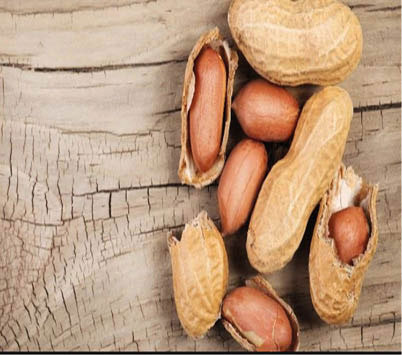Diet influences the kinds of bacteria that live in the gut. These bacteria are linked to multiple health measures, including glycemic control, which is important for regulating blood sugar levels, immune responseTrusted Source, and cardiovascular risk factorsTrusted Source.
StudiesTrusted Source show that gut bacteria feed off foods that are high in fiber. Research also shows that herbs and spices high in polyphenols— chemicals with antioxidant properties—may influence gut bacteria or gut microbiome composition.
Meanwhile, a systematic review of nut consumption found that almonds, walnuts, hazelnuts, and pistachios increase gut bacteria diversity. Until now, however, no studies have examined the effects of peanuts on the microbiome.
Further study of the effects of dietary agents such as herbs, spices, and peanuts on gut bacteria could help inform preventive healthcare strategies and therapeutics.
Recently, researchers conducted two studies investigating how the consumption of peanuts, herbs, and spices affects the gut microbiome. They found that all three ingredients increased gut bacteria diversity after just 4-6 weeks of consumption.
To investigate the effects of herbs and spices on the microbiome, the researchers recruited 54 adults with an average age of 45. All participants had obesity or overweight and had at least one other cardiovascular risk factor, such as elevated glucose or triglycerides.
The researchers provided 48 participants with the same diet for four weeks alongside one of three doses of spices and herbs: 0.5g per day, 3.3g per day, or 6.6 grams per day.
The participants ate all three quantities of herbs and spices for four weeks with a two-week ‘washout’ period in between. Spices included cinnamon, ginger, cumin, turmeric, rosemary, oregano, basil, and thyme.
They provided fecal samples at the start of the study and the end of each diet period.
The researchers found that consuming 3.3 grams or 6.6 grams of herbs or spices per day increased levels of the Ruminococcaceae bacteria.
The highest levels of Ruminococcaceae bacteria were observed among those who consumed the highest levels of herbs and spices.










